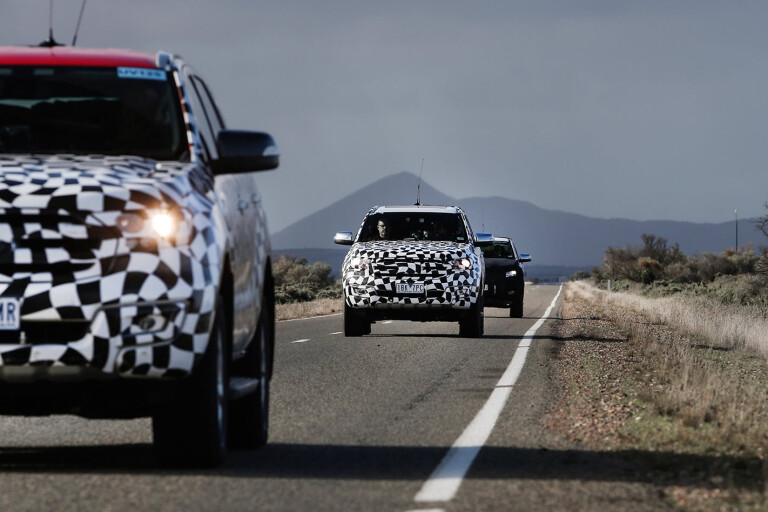
FORD decided it needed to change Australia’s mindset from manufacturing to innovation in the wake of the 2008-09 global credit crunch, the company has revealed.
Speaking at a Future with Ford seminar in Melbourne yesterday, Ford Australia president Graeme Whickman told the audience the realisation it could not make money building cars here forced the global company to change its focus in the region.
“The key turning point [for Ford] came when Bill Ford recruited Alan Mulally and he became our CEO in 2006,” Whickman said.
“Now at the time, Bill and Allan confronted a reality and we knew we had to prepare for an economic downturn, which turned out to be ... the great recession, the GFC (Global Financial Crisis). It was far worse than anybody had imagined.
“At the time it fell on Alan to rekindle our innovation mindset after letting ourselves become as a company fast followers. Here in Australia, we confronted the reality that auto manufacturing was no longer viable locally, and we knew we had to invest in innovation,” he said.
“So in 2014 we charted a completely new course to transform into an innovation-led company with research and development and a customer focus right at our core.”
The 2008-09 global credit crunch forced fellow US carmakers General Motors and Chrysler into bankruptcy, and the pair were only saved after the US government stepped in to bail them out and wipe the slate clean of billions of dollars in debt.
However, Ford survived the GFC after Mulally, a car industry outsider, mortgaged the carmaker’s most valuable assets to raise the billions of dollars in cash needed to carry through the recession at the same time as its rivals went begging for taxpayer support.
Ford’s decision to quit Australian manufacturing, though, appears to have its roots in the depths of the GFC. A leaked diplomatic cable sent to the US State Department in late 2006 and obtained by Wikileaks says the Australian carmaker had refused Federal Government money to kick-start a left-hand-drive program for the locally made Falcon sedan and Territory SUV.
''[Former federal Labor industry minister Senator Kim] Carr is very worried about Ford's future in Australia,” the cable reads.
“He [Carr] told [the Consul-General's office] Melbourne he fears Ford will not succeed in attracting the necessary investment to update its aging product lines.''
According to the cable, the carmaker’s Australian outpost was “very much as part of Ford's global business and would be willing to make sacrifices for the good of the greater company'' – such as quitting Australian manufacturing.
According to Whickman, after making the call to quit manufacturing and become a full-line importer, Ford’s Australia-based design and development team started to reinvent itself as an innovation hub.
“As we look to the future Australia will play an important role in innovation across total Ford, aided by investment of nearly $2 billion in local research and development since 2009,” Whickman said.
“And the Aussie team have already led global innovation in popular vehicles like the Ranger or the Everest.”
Australia has become the development homeroom for Ford’s global T7 architecture which underpins the Ranger trade ute, Everest SUV, and upcoming Ford Bronco.
The next-gen Ranger will launch in North America in 2018, while the Everest/Bronco is due on sale in the US in about 2020.

COMMENTS